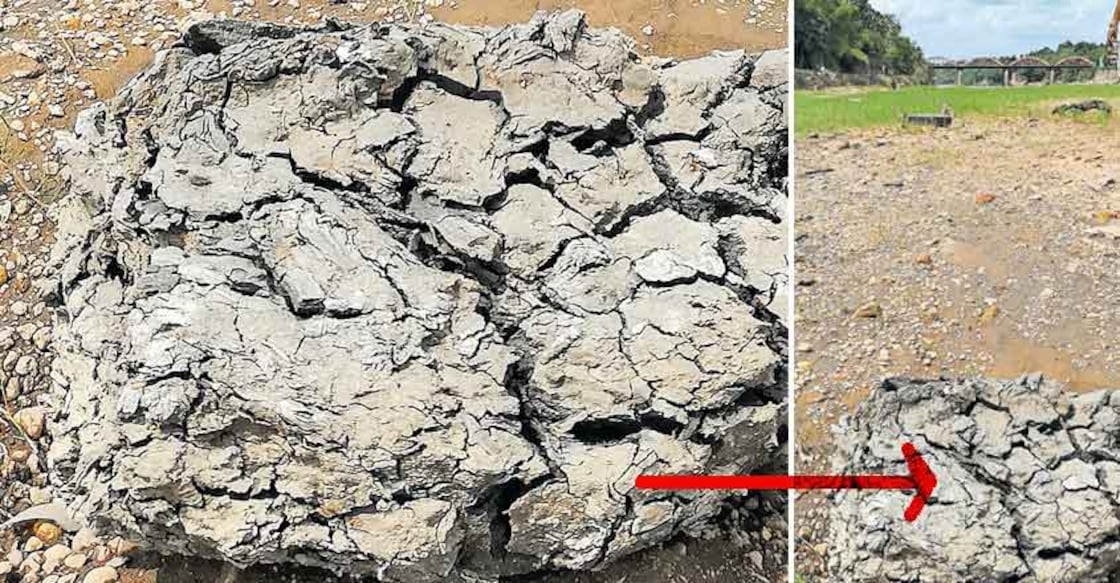Flood unearths 1,600-year-old tree fossil

Mail This Article
Pathanamthitta: The Pamba river has thrown up many surprises after the floods. One of them is a fossilised tree that is about 1,600 years old.
The subfossil buried in the riverbed has been unearthed after the strong currents washed away the mud and sand for three to four metres, noted P Padmalal, a researcher at the National Centre for Earth Science Studies (NCESS). The fossil has turned into peat fossil, the stage before transforming into coal, as it was buried in silt all these years, he said.
Subfossil is a bone or other part of an organism that has not fully fossilised.
The discovery proves that Kerala was under the sea or submerged by other water bodies about 2,000 years ago. Rivers and their tributaries had taken different courses and the banks were covered under dense forests. Scientists have suggested that heavy rainfalls uprooted giant trees and buried them in silt in riverbeds.
The theory is supported by the sand deposits and remnants of trees encountered by well diggers during their course of work. An ancient tree trunk dug up at Othara several years ago was carbon-dated to be from 1,650 years ago. The tree has not been identified so far. It could be extinct.
The Pamba river and the Manimalayar river settled on their present courses after many years of flooding. Many of the paleo-riverbeds have been spotted with help from remote-sensing satellite technology. Many of them have turned into thickly populated areas.
A paleo-riverbed is a remnant of an inactive river or stream channel.
The rivers were just claiming back their original paths in last month's flood, Padmalal said.
Similarly, the 2005 Tsunami that rocked the southern states had unearthed some stone remains and ancient sculptures from the coast near Mahabalipuram temple in Tamil Nadu. According to the Archaeological Survey of India (ASI), the stone structure could be the remains of an ancient port city.
A granite lion and other two pieces of carved stones were found buried in the sand after the coastline receded after the Tsunami. Archaeologists claimed that the pieces date back to 7th Century AD.

